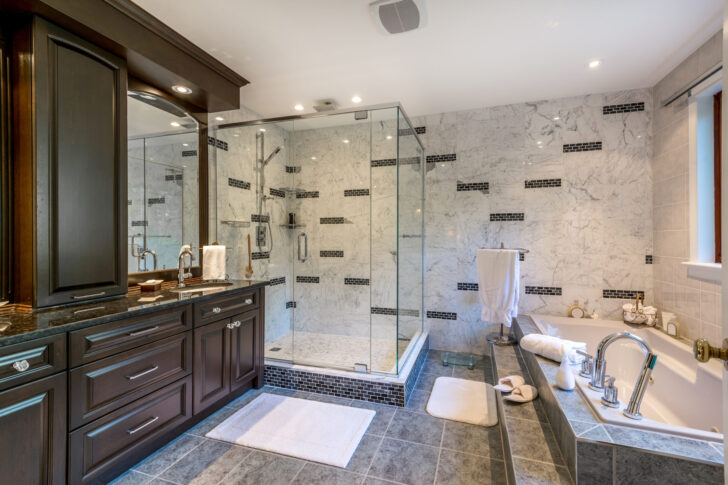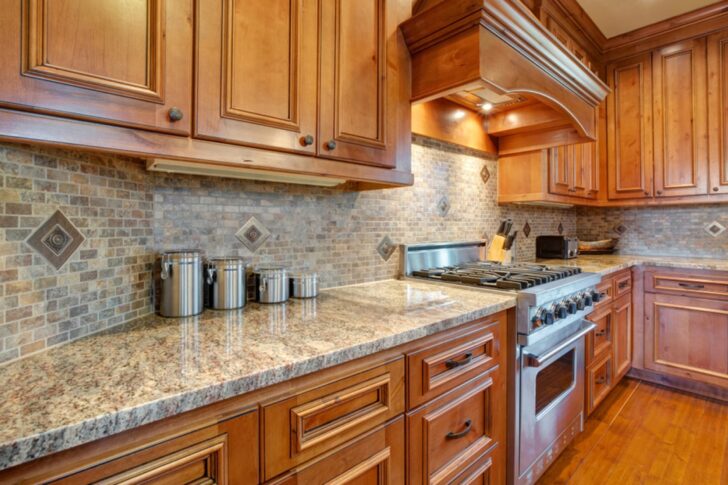Bathroom remodeling is one of the most common home improvement projects. Whether you are looking to enhance the aesthetic appeal, increase home value, or improve functionality, a bathroom remodel can offer significant returns.

However, this project requires careful planning, budgeting, and decision-making. From selecting materials to understanding costs, this guide will help you navigate the remodeling process with confidence.
Benefits of Bathroom Remodeling
- Increased Home Value: Remodeling a bathroom can provide a substantial return on investment (ROI). According to real estate experts, homeowners can recoup up to 60% of their remodeling costs when selling their homes.
- Improved Aesthetics: A bathroom remodel can dramatically enhance the look and feel of your space. Modern fixtures, tiles, lighting, and cabinetry can transform a dated bathroom into a luxurious retreat.
- Better Functionality: Whether it’s adding storage, upgrading fixtures, or optimizing the layout, a remodel can greatly improve how the space functions. You can make your bathroom more user-friendly, efficient, and comfortable.
- Increased Energy Efficiency: Upgrading to energy-efficient fixtures such as low-flow toilets, LED lighting, and water-saving showerheads can significantly reduce utility bills and environmental impact.
- Enhanced Comfort and Safety: A bathroom remodel offers the opportunity to add safety features like non-slip flooring, grab bars, and accessible shower designs, making the space safer for people of all ages.
Key Steps in Bathroom Remodeling
1. Planning and Design
Before diving into the project, it’s essential to assess your current bathroom, determine your needs, and define your goals. Are you aiming for a complete overhaul, or just minor updates? During this phase, you’ll need to think about:
- Layout: Consider whether you want to change the bathroom’s layout. Moving plumbing, walls, and fixtures can increase costs, but it can also maximize space and improve functionality.
- Style: Choose a design theme or style that aligns with your preferences and home’s overall aesthetic. Popular styles include contemporary, traditional, rustic, and minimalist.
- Budget: Setting a budget is crucial for managing costs and avoiding overspending. Understand that labor, materials, and unforeseen expenses can quickly add up. It’s advisable to allocate an additional 10-15% of your budget for contingencies.
2. Demolition
Once you’ve solidified your design plan, it’s time to prepare the bathroom for renovation. This involves removing old fixtures, tiles, vanities, and cabinetry. If you’re changing the layout, walls may need to be demolished.
- Cost-saving tip: If you’re skilled and able, consider doing some of the demolition work yourself. This can save on labor costs.
3. Plumbing and Electrical
Updating or moving plumbing and electrical systems is often required in a bathroom remodel. Whether you’re adding a new shower, upgrading your toilet, or installing new lighting, this phase is critical to ensuring your bathroom functions properly and meets building codes.
4. Flooring and Tile Installation
The flooring and tile you choose will significantly impact both the look and functionality of your bathroom. Popular materials include ceramic, porcelain, and stone tiles. Consider durability, water resistance, and maintenance requirements when choosing your materials.
5. Fixture and Cabinetry Installation
New fixtures, such as faucets, showerheads, toilets, and sinks, are the finishing touches that bring the design together. Additionally, cabinetry and storage solutions should be functional and blend seamlessly with the design.
6. Finishing Touches
Finally, apply the finishing touches like mirrors, lighting, towel racks, and paint. These details will enhance the design and functionality of the space.
Cost Factors in Bathroom Remodeling
The cost of remodeling a bathroom can vary greatly depending on the size of the room, the scope of the project, and the materials used. Below are some factors that influence the cost of a bathroom remodel:
1. Size of the Bathroom
Larger bathrooms will generally cost more to remodel than smaller ones due to the increased amount of materials, labor, and fixtures required. A half-bath remodel may cost significantly less than a full master bathroom renovation.
2. Quality of Materials
The type and quality of materials you choose will have a significant impact on your budget. For example, basic ceramic tiles cost less than premium stone tiles, and mid-range vanities are more affordable than custom cabinetry.
3. Labor Costs
Labor can account for 40-60% of the total cost of a remodel. Hiring experienced professionals for plumbing, electrical, tiling, and carpentry is essential to ensure the work is done safely and up to code.
4. Plumbing and Electrical Work
If you’re moving major fixtures like toilets, sinks, or showers, plumbing and electrical work can increase your costs. If you’re updating your bathroom with modern, energy-efficient lighting and low-flow fixtures, expect higher upfront costs but long-term savings.
5. Permits
Depending on your location and the extent of the renovation, you may need to obtain permits, which can add to the overall cost. Permits typically cover electrical, plumbing, and structural work.
Cost Comparison Table: Basic vs. High-End Bathroom Remodel
| Component | Basic Remodel Cost | High-End Remodel Cost |
|---|---|---|
| Demolition | $500 – $1,500 | $2,000 – $4,000 |
| Flooring (per sq. ft.) | $2 – $5 | $7 – $20 |
| Shower | $800 – $1,500 | $5,000 – $10,000 |
| Bathtub | $400 – $1,200 | $3,000 – $7,000 |
| Vanity | $500 – $1,200 | $2,500 – $5,000 |
| Sink & Faucet | $200 – $500 | $1,000 – $2,500 |
| Toilet | $100 – $500 | $500 – $1,500 |
| Lighting | $100 – $400 | $1,000 – $3,000 |
| Total (average) | $5,000 – $10,000 | $25,000 – $50,000 |
Cost Comparison Table: DIY vs. Professional Installation
| Component | DIY Cost | Professional Installation Cost |
|---|---|---|
| Demolition | $0 (if DIY) | $1,500 |
| Flooring (per sq. ft.) | $2 – $3 (DIY) | $5 – $10 |
| Shower Installation | $500 (DIY kit) | $1,500 – $3,000 |
| Vanity Installation | $500 (pre-fab DIY) | $1,500 – $2,500 |
| Plumbing Fixtures | $200 – $500 (DIY) | $1,000 – $2,500 |
| Electrical Work | $0 (minor updates DIY) | $1,000 – $3,000 |
| Total (average) | $2,000 – $5,000 | $10,000 – $20,000 |
Common Bathroom Remodel Mistakes to Avoid
- Underestimating Costs: Many homeowners fail to properly estimate their budget, resulting in unforeseen costs. It’s important to get multiple quotes and consider all aspects of the remodel before beginning the project.
- Skimping on Quality Materials: Opting for cheap materials can lead to higher maintenance costs and lower resale value. It’s better to invest in durable, high-quality fixtures that will last for years.
- Neglecting Storage: Lack of storage is a common issue in bathrooms. Plan for enough cabinetry, shelves, or storage solutions to keep the space organized and functional.
- Improper Ventilation: Bathrooms are prone to moisture, so proper ventilation is essential. Be sure to include an exhaust fan or window to prevent mold and mildew.
- DIY Overload: While tackling some parts of the remodel yourself can save money, certain tasks like plumbing and electrical work should be left to professionals to avoid costly mistakes.
Conclusion
Bathroom remodeling is a rewarding investment that can enhance your home’s value, comfort, and aesthetics. While the process can be overwhelming, careful planning, setting a realistic budget, and hiring qualified professionals will ensure a successful remodel. Whether you’re looking for a minor update or a complete transformation, understanding the costs and potential pitfalls will help you make informed decisions and create the bathroom of your dreams.











